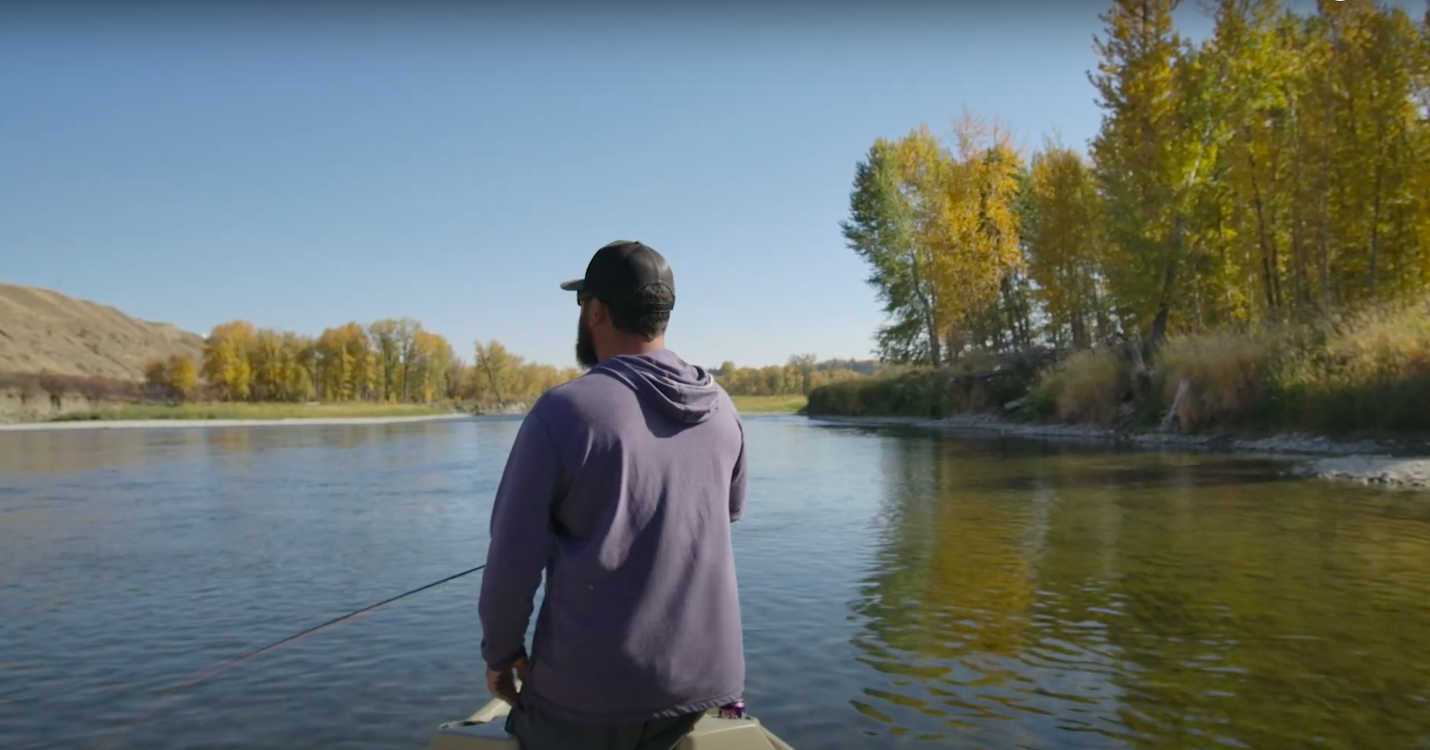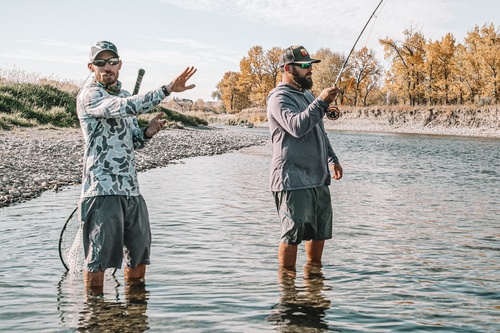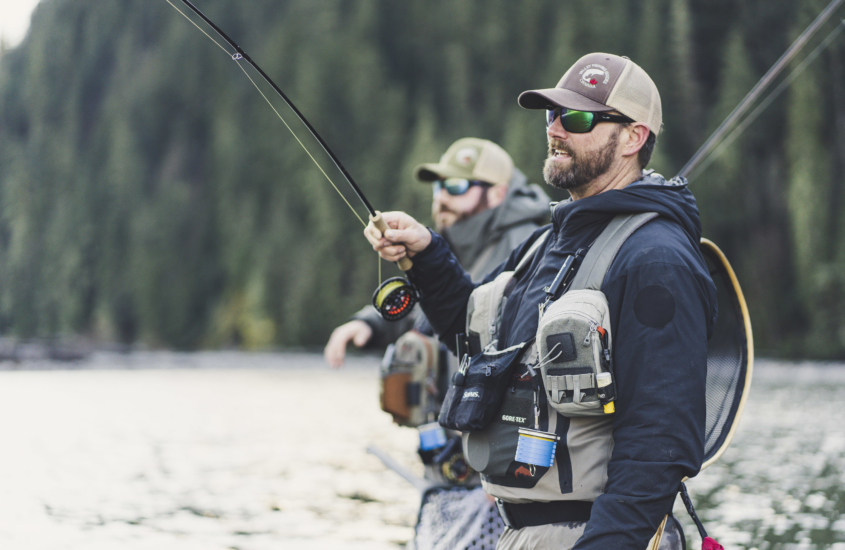Knowing where to find trout is often more critical than understanding their diet or habits. Anglers refer to this skill as “reading water,” a term that encompasses comprehending the subtleties of a river’s currents, riffles, eddies, and depths. Many believe that this often-overlooked aspect is what distinguishes seasoned anglers from novices. In this article, we will explore the crucial role that water plays in achieving success on your next fishing trip and provide valuable insights to enhance your angling skills. Let’s dive right in!
Understanding the Water is the First Step in Trout Fishing
Before you even think about casting your line, the real key to trout fishing lies in understanding the water. This begins with a simple yet crucial step – observation. In other words, take a moment to pause at the river’s edge and look around. You might be surprised to find that trout often favor the shallower waters near the bank.
Moreover, watch for subtle hints like small ripples on the water’s surface, insects that trout might feed on, and particularly the areas where faster currents meet slower ones, known as current seams. These places often thrive with trout as they offer a rich supply of food in a comfortable setting for the fish.
The Art of Strategic Casting
After you’ve surveyed the area, casting is your next step. But this isn’t about just throwing your line in the water. Start close to the bank and systematically extend your casts further out, creating a grid pattern across the water.
Hence, this technique does more than just leave it to chance; it ensures that each cast methodically covers a new area, significantly increasing the chances of your fly catching a trout’s attention. Think of it as a deliberate, well-planned effort to cover the water effectively.
Finding the Best Trout Spots
Knowing where trout are likely to be is crucial. And the key is that these fish are essentially looking for the easiest way to feed. So, you’ll often find them in slower-moving waters just beside faster currents.
These areas are perfect for trout because they offer easy access to food without much effort. Even in warmer conditions, trout may prefer faster, oxygen-rich waters, but they still favor spots that demand minimal energy, such as sheltered areas behind rocks or along the riverbed.
Tackling Different Types of Water
When confronted with a big, flat stretch of water, the task can seem overwhelming. But these flats are often bustling with trout, particularly in the shallower regions. The key is to identify subtle features in the environment – like small depressions, changes in depth, or even lines of weeds. Each of these can be a potential hotspot for trout. Approach each section with focus, fishing each area systematically.
The Importance of Deflections in Trout Fishing
Deflections are areas where the current is disrupted, creating calm pockets of water. These pockets offer a safe feeding zone with a steady flow of food. However, casting in these areas can be tricky due to the fast currents. A straight-line cast might not be effective. Instead, employing a reach cast technique can be more beneficial, allowing your fly to drift naturally through these prime fishing spots, thereby increasing your chance of a successful catch.
Watch it Here
Our comprehensive Masterclass series offers an in-depth exploration of these and other essential skills. Featuring 20 detailed chapters led by seasoned experts, it’s an invaluable resource for any angler looking to up their game. So, explore the full range at Anchored Outdoors Masterclass and take your trout fishing to the next level!













